In the News
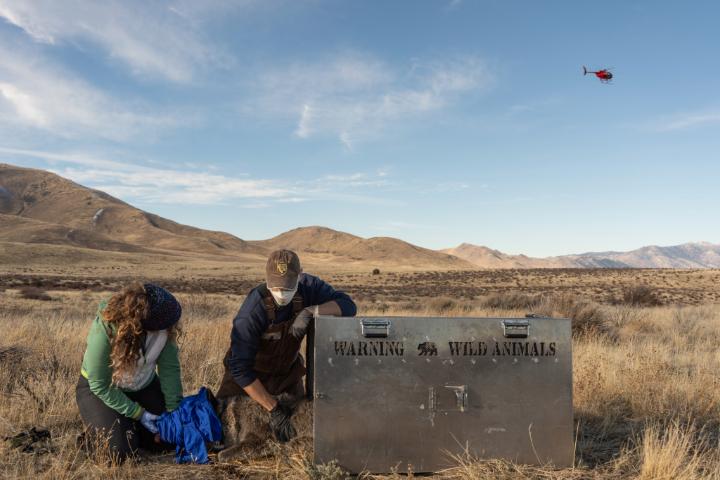
September 25, 2025
In an ever-changing society, the roles of biologists and veterinarians remain essential in the conservation of wildlife and biodiversity more broadly....
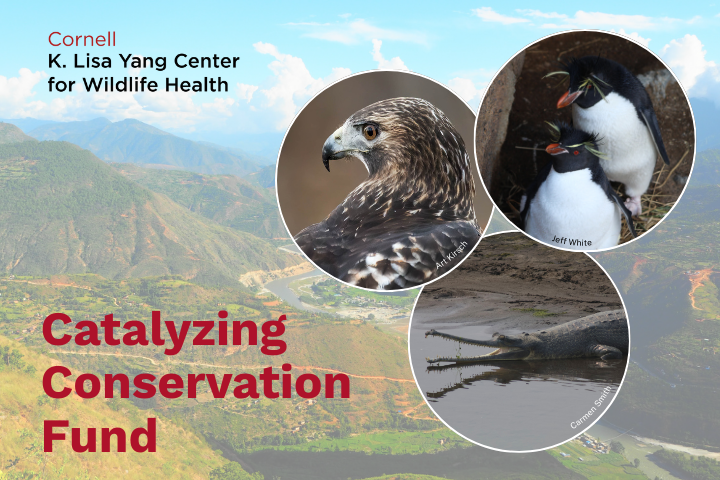
September 15, 2025
Why are eastern rockhopper penguin populations plummeting in New Zealand? What’s a reliable, rapid test for detecting rodenticide poisoning in live birds of prey? How can we use technology to help diagnose wildlife diseases in Nepal while training local scientists?
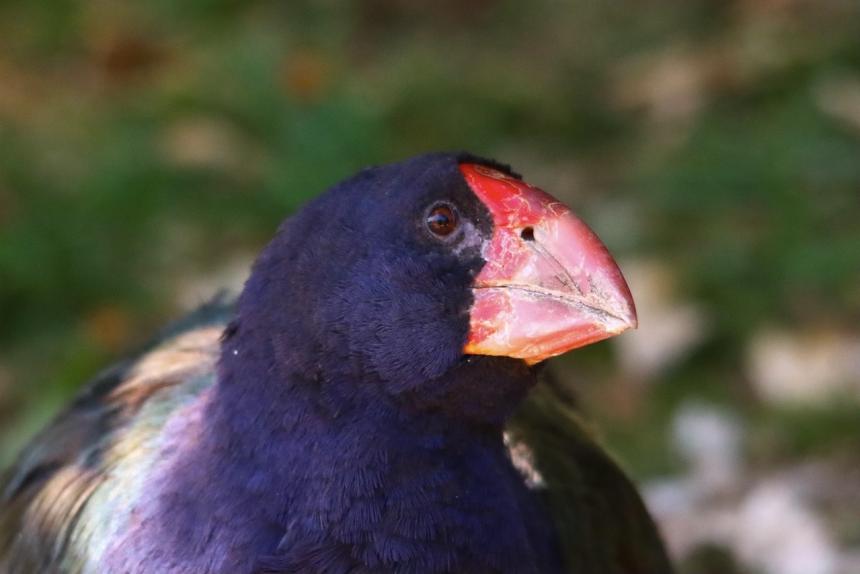
September 03, 2025
New Zealand is racing to protect the imperiled kākāpō parrot species from the global spread of avian influenza through proactive measures, including the vaccination of captive breeding populations ahead of migratory bird arrivals.
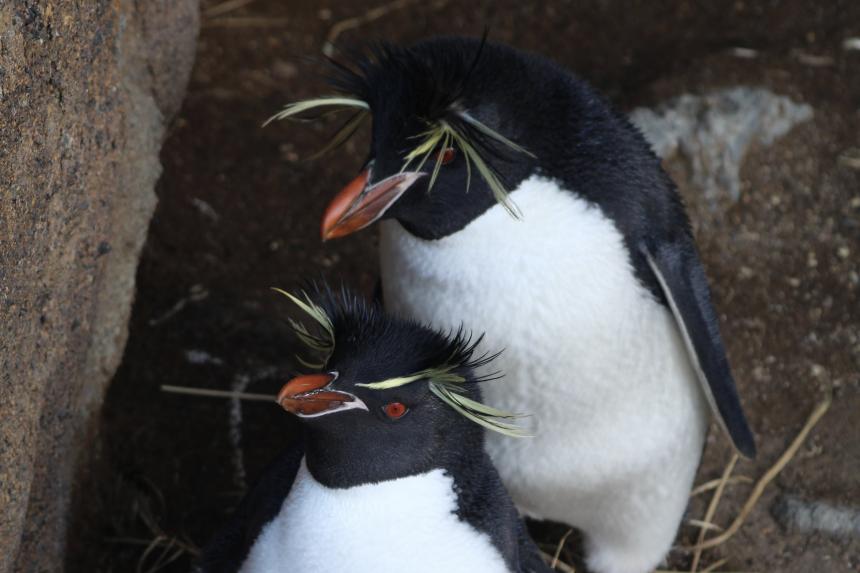
August 29, 2025
International researchers have taken an in-depth look at three Aotearoa New Zealand crested penguin species, revealing one is thriving while others face uncertain futures.
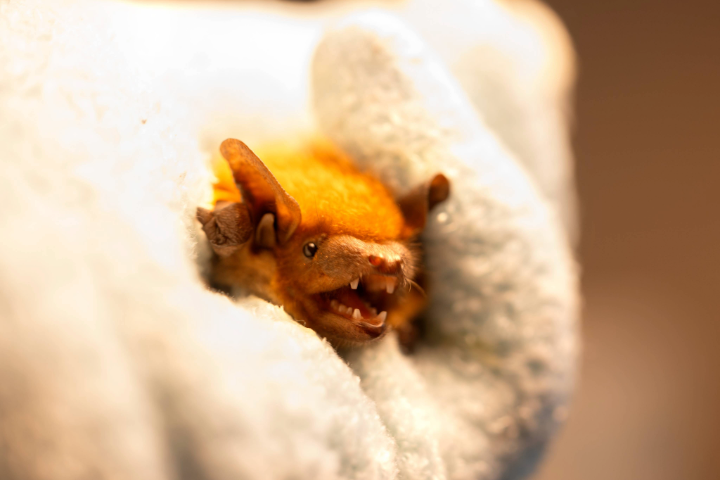
August 06, 2025
A recent Cornell study suggests that young and adolescent bats may be the most likely to transmit coronaviruses to other species.
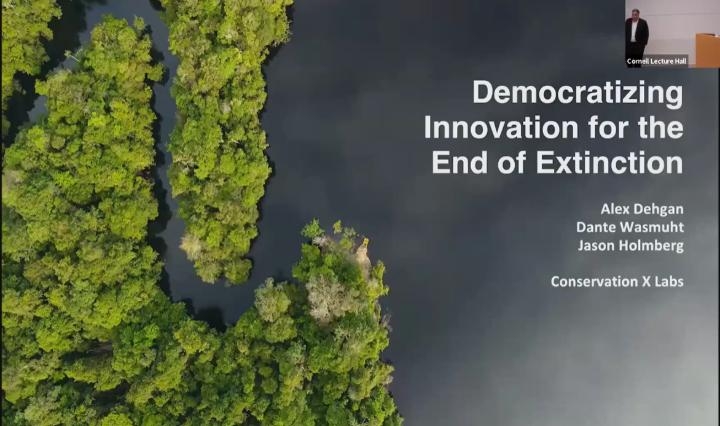
Video
July 15, 2025
The Cornell College of Veterinary Medicine hosted its second annual Symposium on Artificial Intelligence in Veterinary Medicine with a keynote by Dr. Alex Dehgan of Conservation X Labs, highlighting how AI can drive accessible, global conservation solutions.
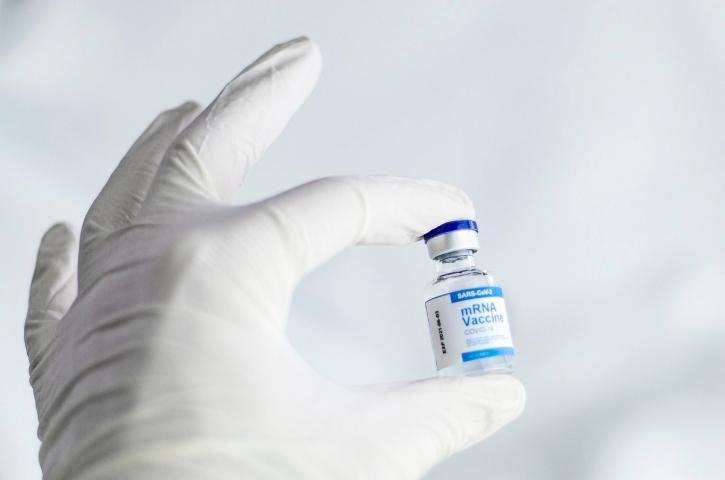
July 08, 2025
Center director, Dr. Steve Osofsky, cautions against the serious consequences of reducing federal funding for the development and production of mRNA vaccines targeting pandemic influenza viruses, including H5N1 avian flu.
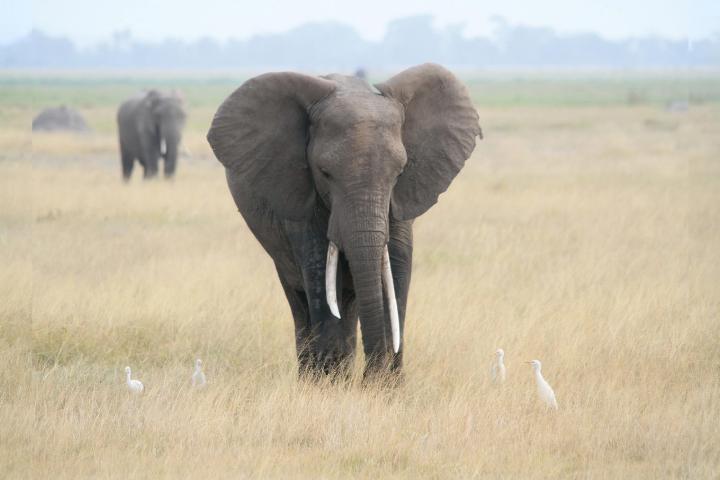
July 03, 2025
A new paper by Dr. Steve Osofsky and team was recently selected for the Editor’s Choice honor by the journal CABI One Health. The selected publication discusses the AHEAD program’s work over the past two decades.
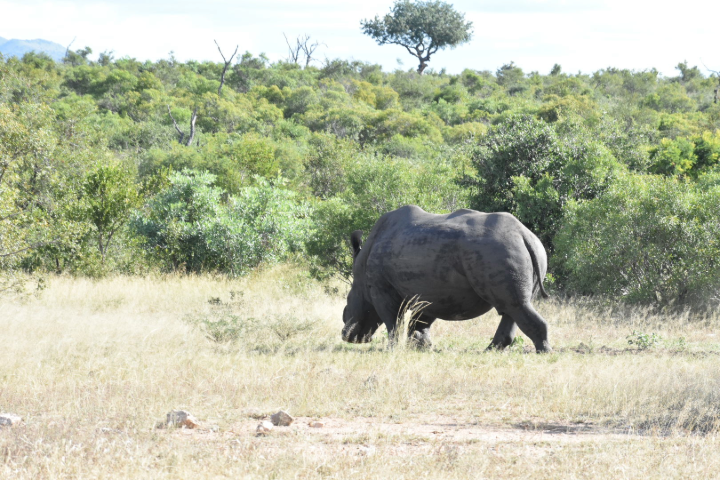
July 02, 2025
by
Margaret Swift
As dawn yawns and stretches over the African savanna, a line of cars waits impatiently at the wooden gate of Crocodile Bridge Rest Camp. I join the tail end in my tiny white rental car...
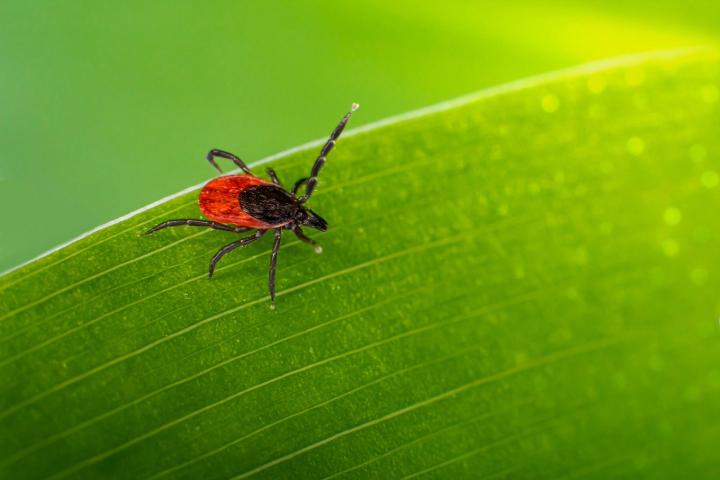
June 30, 2025
Warmer winters and shifting climates are helping ticks thrive in new places. From Lyme disease to meat allergies, learn how these tiny invaders are changing the map and what you can do to protect yourself.
